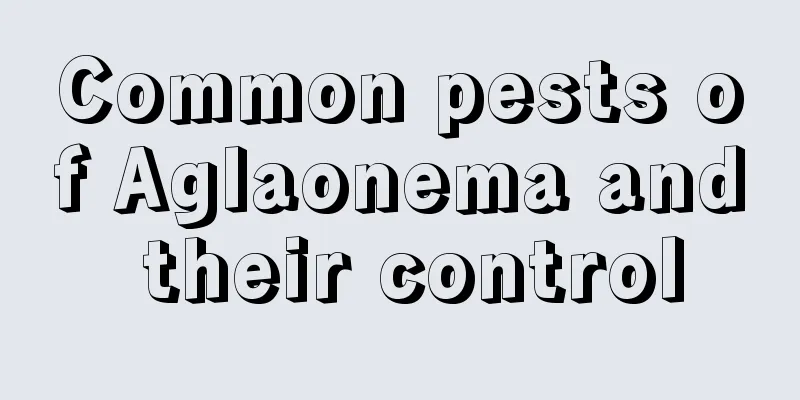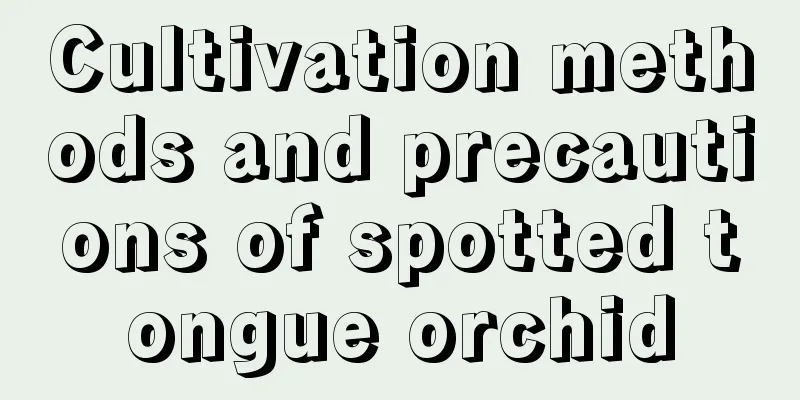Common pests of Aglaonema and their control

Pests of Fagus sylvatica - Red spiderRed spider mites are a common pest of the Aglaonema plant. They mainly suck the sap of the Aglaonema plant. In serious cases, spots will appear on the leaves, which will gradually turn yellow and fall off, affecting the growth of the Aglaonema plant. If the Aglaonema is infested with red spider mites, it is necessary to promptly remove the dead leaves and fallen leaves and burn them, or you can spray pesticides to kill the red spider mites. It should be noted that red spider mites themselves have strong resistance to pesticides, so when using pesticides, they need to be sprayed in time and changed frequently. Commonly used agents include dichlorvos and omethoate solution. In addition, natural enemies can also be used for prevention and control. Pests of Aglaonema ovata - AphidsAphids are also a common pest of the Aglaonema plant. Aphids will also suck the juice of the Aglaonema plant, causing the leaves of the Aglaonema plant to shrink and curl, and in severe cases, the leaves will wither or even die. Aphids can sometimes cause sooty mold. If you find aphids on your hollyhock, if the number is small, you can flush them away when watering. You can also use natural enemies for prevention and control, such as ladybugs. If the number of aphids is relatively large, you can prepare some safe pesticides yourself, such as tobacco leaf water. You can also use special insecticides, such as spraying a 1000-fold solution of DDT emulsifiable concentrate for treatment. Pests of Aglaonema rubrum - Red wax scaleThe adults and nymphs of the red wax scale often parasitize on the branches and leaves of the Aglaonema plant and suck the sap of the plant. It will cause the plants of Aglaonema to turn black and shrink, or even die, and may also cause soot disease, which is very harmful. In the early stages of the red wax scale pest, the pests can be eliminated and the infested leaves can be cut off and destroyed. Natural enemies can also be used for prevention and control. If you spray medicine, it will also have a certain effect. |
<<: Common Pests of Crape Myrtle and Their Control Methods
>>: Cherry Blossom Pests and Their Control
Recommend
How often does a cactus bloom?
1. How often does it bloom? Few people have proba...
Reasons and solutions for bud drop of Rieger Begonia
Rieger Begonia bud drop - overwatering Excessive ...
When is the best time to prune ginkgo trees?
Ginkgo tree pruning Shaping and pruning is an imp...
Plant these 3 kinds of flowers in autumn, select the root branches and stick them in the soil, and they can fill the whole house with flowers
A few days ago, I found out that there are many p...
Is it better to grow succulents in a large pot or a small pot? What kind of flower pot is suitable for succulents?
If you want to grow succulents well, it is very i...
How to fertilize the beautiful leaf lotus
Suitable fertilizers Nitrogen fertilizer: It is b...
How to keep spider plants safe during winter
1. Get more sun The winter sun is not strong, so ...
Cultivation methods and precautions of fortune tree
1. Watering method The money tree prefers to grow...
The green ivy in her house has climbed onto the roof! You can also raise it in three easy steps
Pothos Green ivy is a very easy plant to grow. It...
How long is the growth cycle of red pine?
Growth cycle of red pine Under normal circumstanc...
Difference Between Daffodil and Hyacinth
1. Different rhizomes The rhizome of daffodils is...
Does Chinese toon prefer shade or sun?
Does Chinese toon prefer shade or sun? Toona sine...
How to divide the peony
Time to start the operation This kind of flower b...
How to raise dancing orchid at home
Dancing orchid growing conditions Dancing orchid ...
When to sow red cabbage
1. When to sow Normally, red cabbage is sown from...









